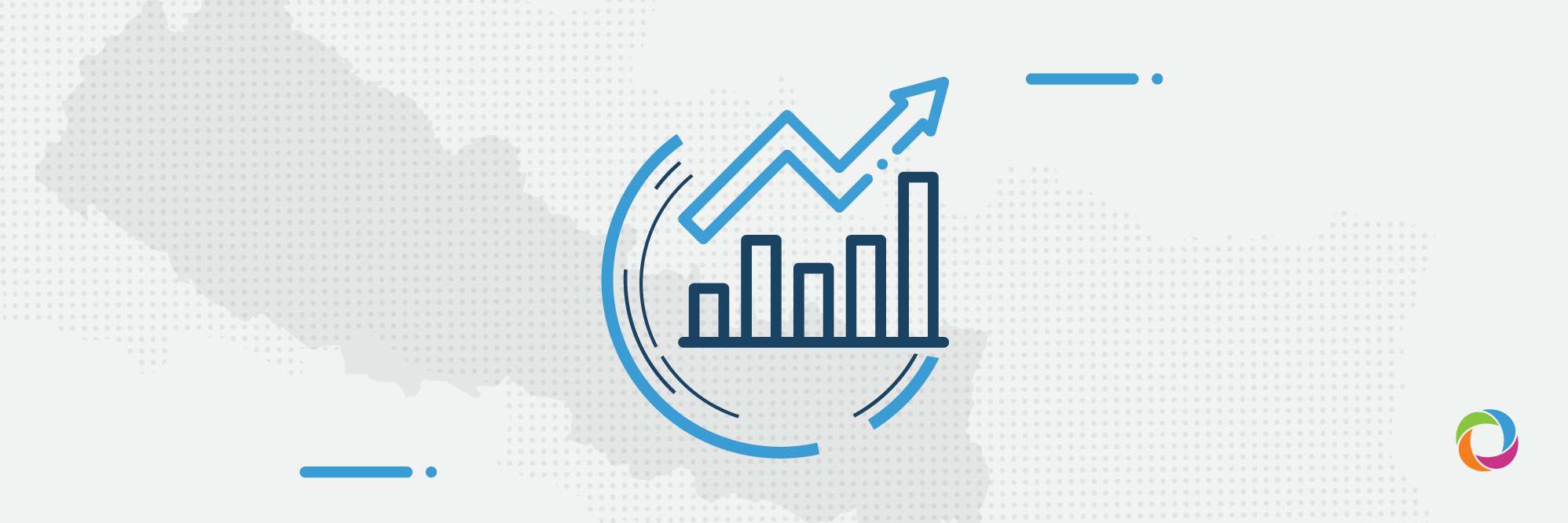Findings of the survey titled ‘Nepal Multiple Indicator Cluster Survey 2019 (NMICS 2019), released by the Central Bureau of Statistics of Nepal on December 7, show that the country is significantly progressing towards the Sustainable Development Goals (SDGs) indicators. The NMICS revealed that Nepal has made important headway to achieving these indicators including those relating to child mortality, child nutrition, access to water and sanitation, and birth registration.
The survey, led by the CBS, was carried out with financial and technical support from UNICEF. Children, women, and men from 12,800 households were surveyed in 512 clusters of Nepal, representing all seven provinces disaggregated by urban and rural areas.
The survey was carried out by embracing the Washington Group/UNICEF Module on Child Functioning where information is collected on children aged between two and 17 years old by assessing functional difficulties that include hearing, vision, communication, and comprehension, learning, mobility, and emotions. This is said to be the first time that this approach has been used in Nepal.
The report disclosed that about one million children in Nepal have at least one functional limitation. While girls and boys are equally affected, for children living in rural settings and poor families, there is a slightly higher prevalence of such limitations. Sudurpashchim province has a 12% rate of functional limitations, the highest of the seven provinces across the country among children between the ages of two and 17, whilst Bagmati province has the lowest functional limitations accounting for 9.3% of children in the same age group.
The survey also disclosed that the under-five mortality rate, infant mortality rate, and neonatal mortality rate in Nepal have all declined over the past five years. The under-five mortality rate has declined from 37 to 28 deaths per 1,000 live births, whereas the infant mortality rate dropped from 31 to 25 deaths per 1,000 live births. Likewise, the neonatal mortality rate has declined from 19 to 16 per 1,000 live births since 2014.
The survey found that 95% of the population has access to basic drinking water although only 24% of households drink safe water that is free from contamination. Around 79% of households were found to have access to a basic toilet. Nationwide, the births of 77% of children under the age of five were registered. The Bagmati Province has the lowest level of registrations with 70.8% whereas the Sudurpaschim and Karnali provinces have the highest percentage of births registered.
According to the survey:
- 19% of children aged between 10 to 14 experience severe physical punishment, 78% experience physical violence, and 82% are exposed to some form of violent punishment.
- 8% of women between the ages of 20-24 were married before they were 15 years old, whereas 33% were married before they reached the age of 18.
- 20% of children in school in Grades 2 and 3 have foundational reading skills including mathematical ability.
- 3% of children have access to three or more children’s books, whereas only 66% of children have access to two or more types of toys.
- The completion rate of lower basic education is 82%, upper basic education is 73% and secondary level education is 27%.
- In the past two years, three out of four women gave birth to a child in a health facility.
- Overall, 32% of children under the age of five are undersized, 12% are wasted and 3% are overweight.
- One child in four under the age of five is underweight for his or her age.
It is expected that the findings of the survey will be instrumental in formulating sectoral plans and shaping policies to help achieve national and international commitments. Most of the disaggregated results and datasets were said to have been made available to the public before the launch of the final report. Policymakers, planners, researchers, development partners and non-governmental organizations have also been using this data to formulate programs and strategies.
The MICS offers statistically comprehensive data in order to monitor the situation of children and women across the country, including the functional limitation status of children. It is anticipated that the survey data will be helpful in monitoring the progress towards the accomplishment of Nepal’s international commitments including the SDGs so as to formulate plans and programs for those that require immediate attention.

